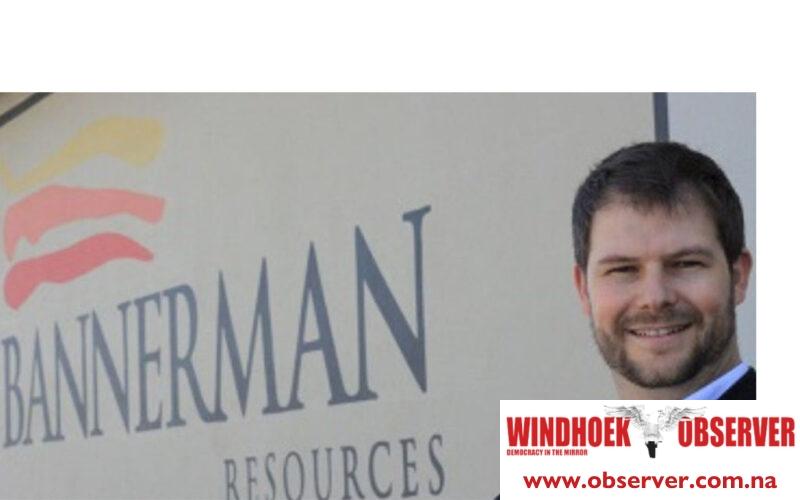CHAMWE KAIRA
Bannerman Energy Ltd, which is developing the Etango project in the Erongo Region has said following the prohibiting of Russian uranium imports into the United States, uranium buyers quickly shifted their focus from immediate transactions to the long-term effects of the ban. The US has banned uranium imports from Russia as part of sanctions against Russia for its invasion of Ukraine.
Brandon Munro, Executive Chairman of Bannerman said many utilities are seeking waiver applications and adjusting their conversion and enrichment strategies to avoid supply interruptions if the waivers are not approved.
“Additionally, depending on which entities receive waivers, and the quantity and duration of these waivers, there could be significant changes to future uranium requirements for many market participants.”
In early July, the Government of the Republic of Kazakhstan introduced amendments to the tax code, including changes to the Mineral Extraction Tax (MET) rate for uranium. MET is paid by mining entities on revenue and will see a significant increase from the current level of 6%.
Munro said this is expected to affect uranium prices in the mid to long run, in addition to the scarcity of uranium supply, geopolitical tensions, and transportation issues.
He added that concerns about long-term uranium supplies have also intensified due to recent actions by the Niger government, which has reclaimed mining permits from western companies.
As of 30 June 2024, TradeTech’s spot uranium price indicator shows a 52% increase year-to-date at US$85 per pound, while the long-term uranium price indicator has increased by 43% year-to-date, remaining at its 15-year high of US$80 per pound.
Munro further said policy and financial support for nuclear energy continues to accelerate, in particular resulting from rapidly expanding power consumption from AI and data centre applications.
“Underlying demand fundamentals also continue to improve, driven by extensions of service life for existing reactors, approval for constructing new reactors, including Small Modular Reactors (SMRs), and investments in new and emerging technologies.”
The uranium market outlook for 2024 remains strong, driven by increased demand from global commitments to nuclear energy expansion and tight short-term supply. The long-term outlook is also positive, driven by the ongoing global push for clean energy and increasing demand from emerging markets, he added.
Bannerman advanced its product marketing initiatives, including meetings with target offtake counterparties and nuclear industry participants, Munro said.
The company’s overarching product marketing strategy continues to be centered on, and driven by, a detailed understanding of utility requirements and preferences.




